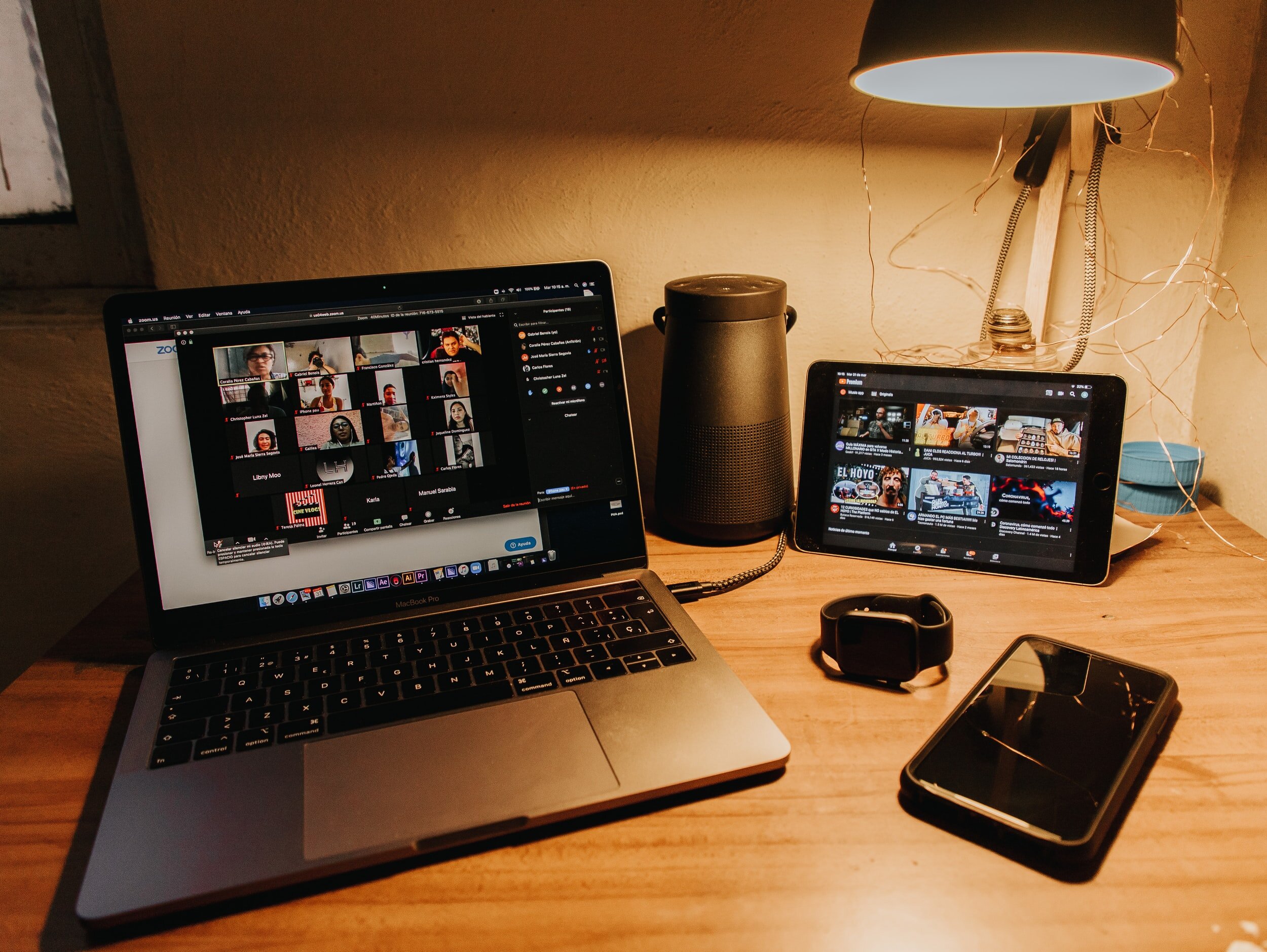After humanity faced one of the greatest dangers in recent years, people were forced to change their habits in order to survive. Moving further and further away from everything meant to have a normal life.
Work was one of the most affected areas due to the closure of many companies, generating the highest unemployment rate in history. And although some companies found a way to resist the new reality of social distancing and self-isolation, implementing and instigating remote work policies, the impact that was generated in the communication patterns of employees around the world was unprecedented.
Online communication platforms have played a key role in holding virtual meetings between employees under the modality of remote work. Among the most used is Zoom which in April 2020 doubled the number of monthly users, reaching approximately 300 million daily users.
Research conducted by Stanford on ‘‘zoom fatigue’’ showed an increase in cognitive load and sustained eye contact due to virtual meetings generating more exhaustion among employees, who face a 13% increase in the number of meetings.
In this blog, we will show how to reduce meeting overload with just a few steps.
1.Only hold meetings if they are truly necessary:
If what you have to communicate can be done through an email or a simple 5-minute call, avoid holding a virtual meeting. Meetings are perfect when you need to brainstorm, answer a large number of questions or build relationships. If your purpose is different, then you should consider using an alternative platform.
2.Define who cannot miss the meeting:
When planning a new meeting, consider the purpose of the meeting and who the main stakeholders are. Only the people who can provide relevant information in the meeting should be the ones who participate, the rest can learn about the topics discussed through the meeting notes.
3.Allows camera shutdown during meetings:
Although face time may be necessary sometimes, you should consider allowing the cameras to be turned off during most meetings. This way you reduce the pressure of your workers to ‘‘look good’’ on the screen. As a matter of fact, scientific research showed that the video camera creates distraction during meetings, increases participants' anxiety and fatigue.
4.Think about the duration of the meetings:
It is known that adults only pay attention to a specific topic for 10 to 20 minutes before losing interest. You should consider shortening the time of your meetings, or in the case of meetings that should last up to 50 minutes, you should include breaks.
The current situation of the pandemic showed that the excess of virtual meetings has a negative influence on productivity and job satisfaction. And although covid time will come to an end, many companies will maintain the hybrid mode of work.
But whether it is face-to-face or virtual meetings, the objective should be to reduce the number of meetings and make those that take place really effective.
For more information contact us.







